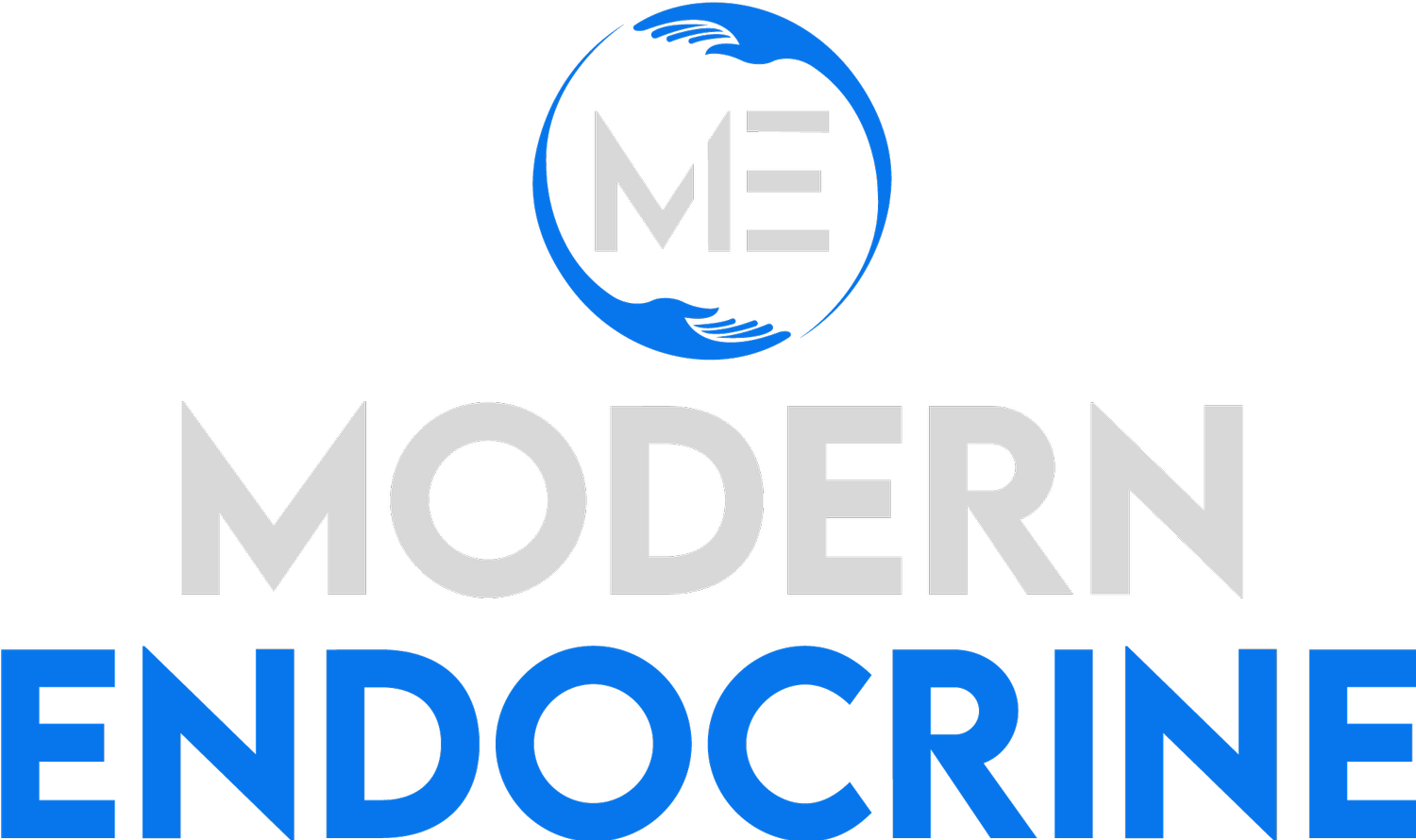Bones & Calcium Metabolism
Hyperparathyroidism
Hyperparathyroidism occurs when the parathyroid glands makes too much of a hormone called parathyroid hormone (PTH), which helps control the amount of calcium in the blood. As a result, the blood calcium rises to a level that is higher than normal resulting in hypercalcemia. Approximately 80 percent of people with hyperparathyroidism have few or no symptoms, and it is diagnosed after an elevated calcium is detected when a blood test is done for some other reason. People with long-standing vitamin D deficiency can have hyperparathyroidism that will reverse with fixing vitamin d deficiency. Nonspecific symptoms that can be due to elevated calcium levels, include: joint aches, fatigue, weakness, loss of appetite, and mild depression. At higher levels of PTH and calcium levels you may develop nausea, constipation, excessive thirst, kidney stones, osteoporosis, and frequent urination. Nonsurgical treatment may be recommended for people who have no symptoms and whose blood calcium is only mildly elevated. Surgery is the only way to cure primary hyperparathyroidism, and it is recommended for people with symptoms, moderately elevated blood calcium levels, impaired kidney function, low bone density, high urine calcium levels, kidney stones, or fractures.
Hypoparathyroidism
Hypoparathyroidism occurs when there is destruction of the parathyroid glands (autoimmune or surgical). The most common cause is a post-surgical total thyroidectomy. When PTH secretion is insufficient, hypocalcemia develops. Hypocalcemia may be associated with few if any symptoms, or may be life-threatening due to seizures and muscle spasms or tetany.
Osteopenia
Osteopenia a loss of bone mineral density (BMD) that weakens bones It has no signs or symptoms, but a painless screening test known as a DXA can measure bone strength. T-score ranging from -1 to -2.4 are classified as osteopenia. The lower the score, the worse your bones. Osteopenia can progress to osteoporosis if bone loss continues to deteriorate with age. To help prevent bone loss we recommend taking vitamin D-K2 supplements (Dynamic D-K2), getting enough dietary calcium consistently, keeping vitamin d levels around 60 or greater, and doing weight-bearing exercises regularly. We also recommend annual screening labs (calcium, creatinine, vitamin d levels, pth, and thyroid labs) and repeating DXA scans ever 2-3 years to monitor the progress of bone loss.
Osteoporosis
Osteoporosis is a bone disease that occurs when the body loses too much bone, makes too little bone, or both. As a result, bones become weak and may break from a fall, minor impact, or, in serious cases, from sneezing or minor bumps. Symptoms include: fragility-related fractures (mild impact causes a fracture of a bone), height loss of more than two inches over time, receding gums, a curved, stooped shape to the spine, or lower back pain. A lifelong lack of calcium, severely restricting food intake, and being underweight all play a role in the development of osteoporosis. Women are also more likely to develop osteoporosis as they age. Postmenopausal women lose about 25% of bone mass by 10 years after the onset of menopause due to loss of estrogen, which is bone protective. All women should consume adequate amounts of calcium and vitamin d. DXA screening should start at age 65 or 10 years after menopause if this occurs surgically early (before age 50 years old). Treatment is recommended with T score of -2.5 or less. Bisphosphonates are usually the first choice for osteoporosis treatment. These can be given in an oral pill weekly, monthly, or an IV infusion yearly (Reclast). Another treatment options is Prolia, which is a RANKL inhibitor, approved for treatment of osteoporosis which is given by an injection under the skin every 6 months. Finally, severe cases of osteoporosis can require bone-building medications like tymlos or forteo.
Contact us
1616 S Kelly Ave
Edmond, OK 73013
Phone: 405.286.1571
Fax: 405.286.1572
Please note, this form should not be used for sending medical information. If you are experiencing a medical emergency, call 911 or go to your nearest emergency room. Your information will be sent to our administrative staff during standard office hours, and then forwarded to your provider. We strive to return calls or messages as quickly as possible, but please allow up to 48 hours for a response to your message. Please include your date of birth, provider, and the best number to contact you.
